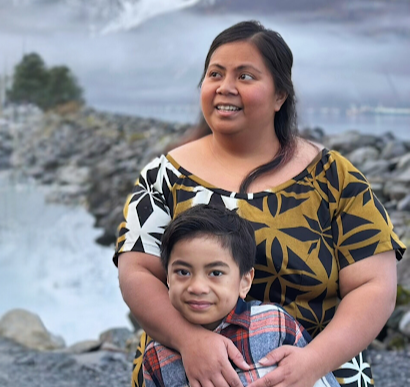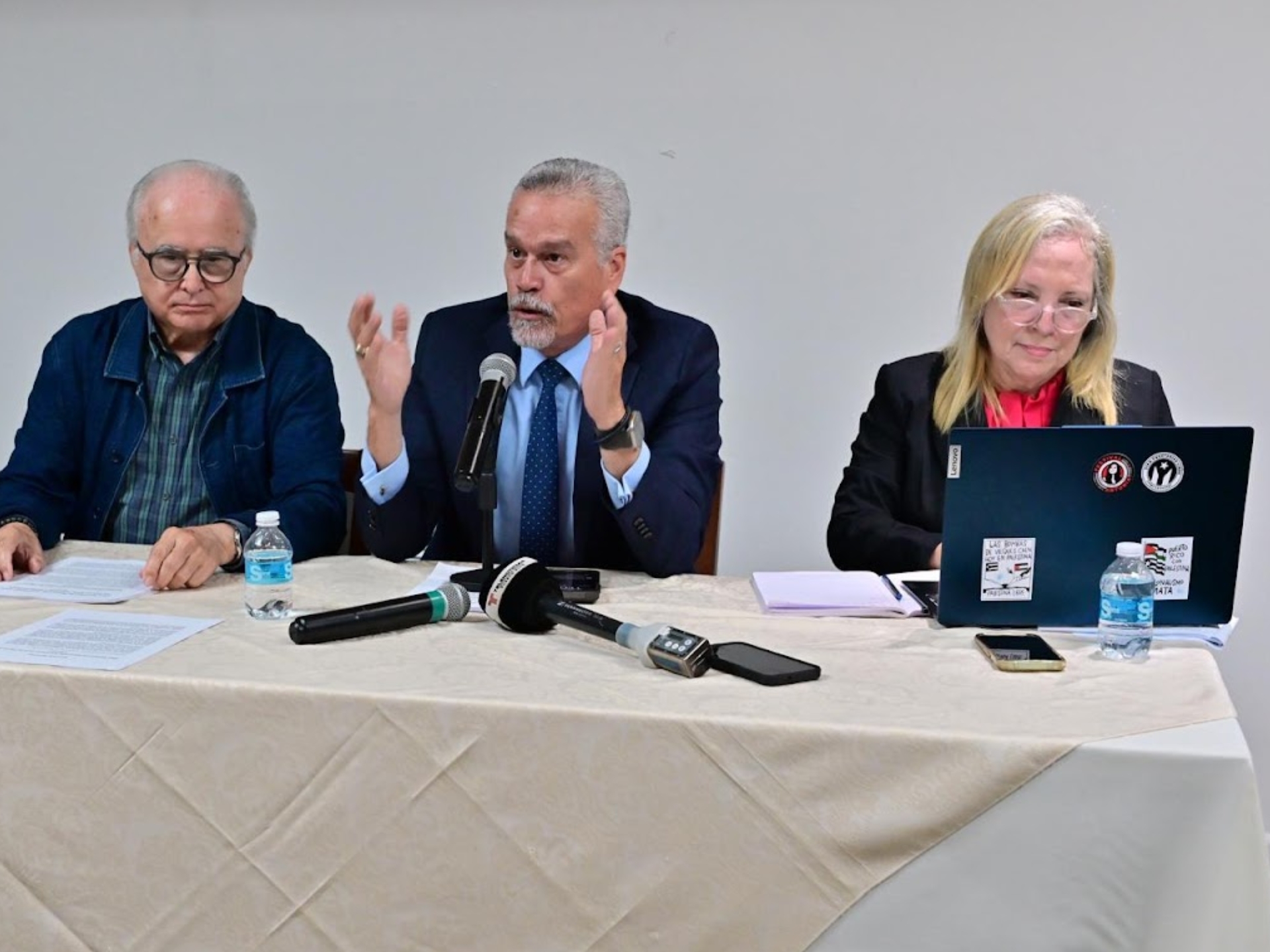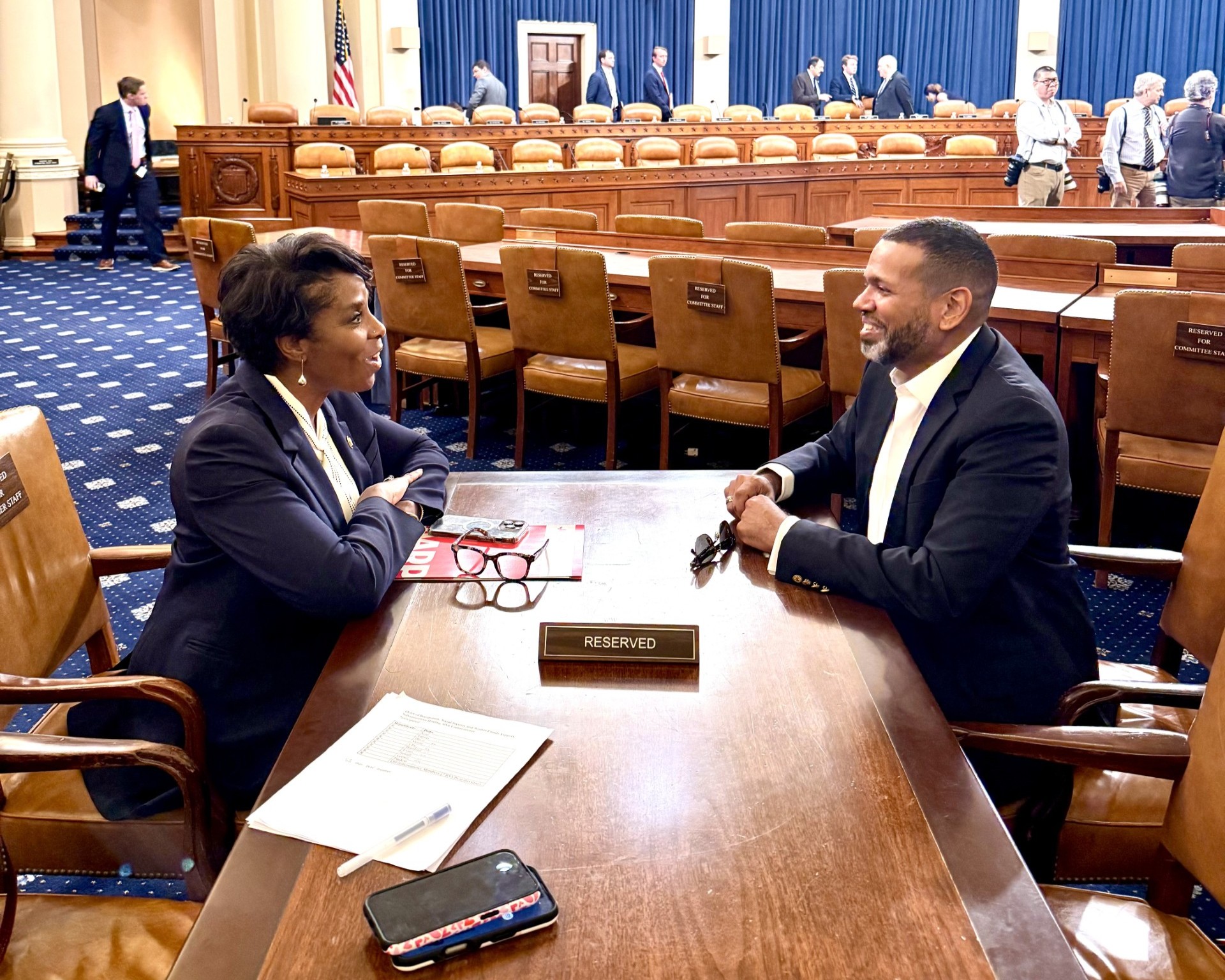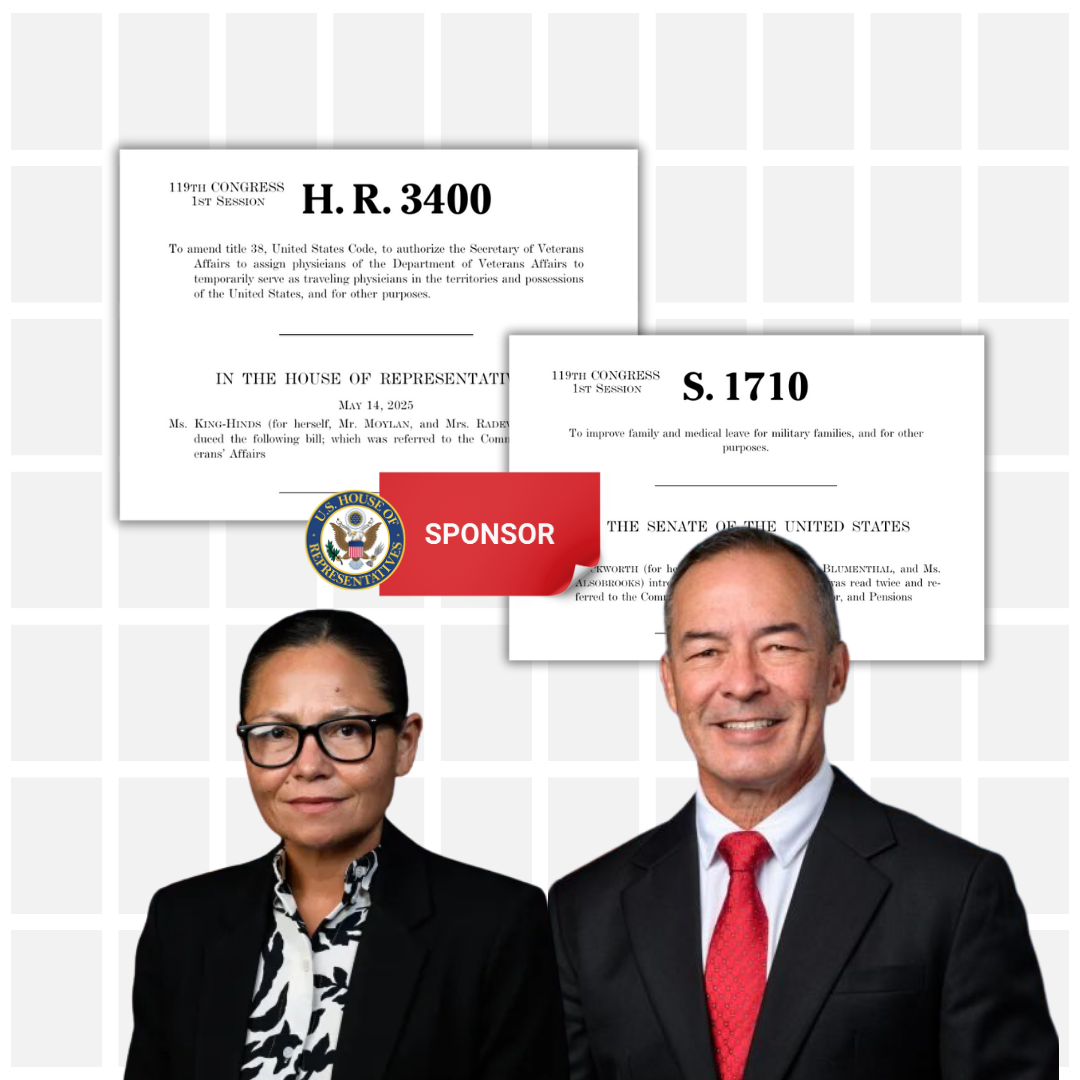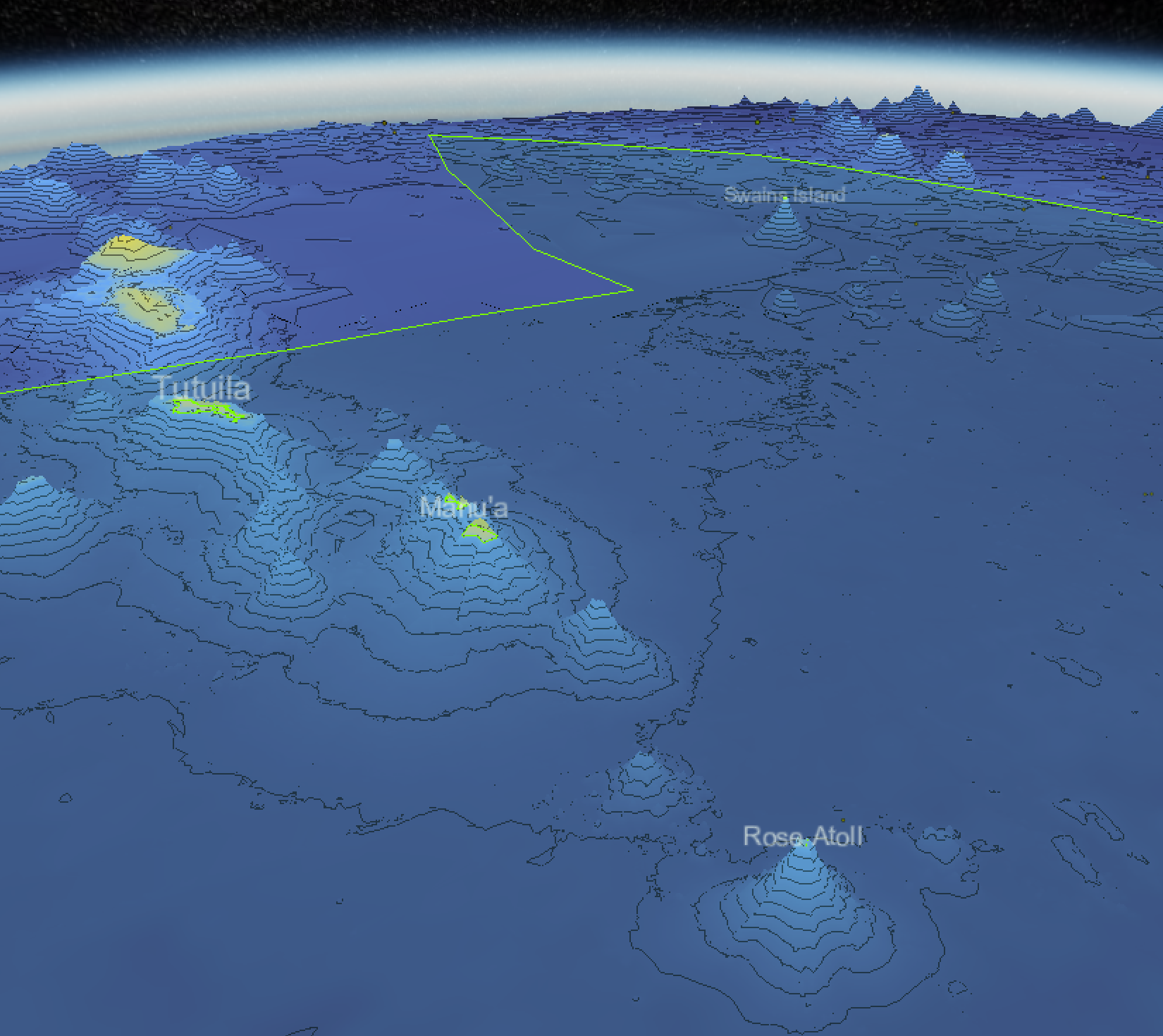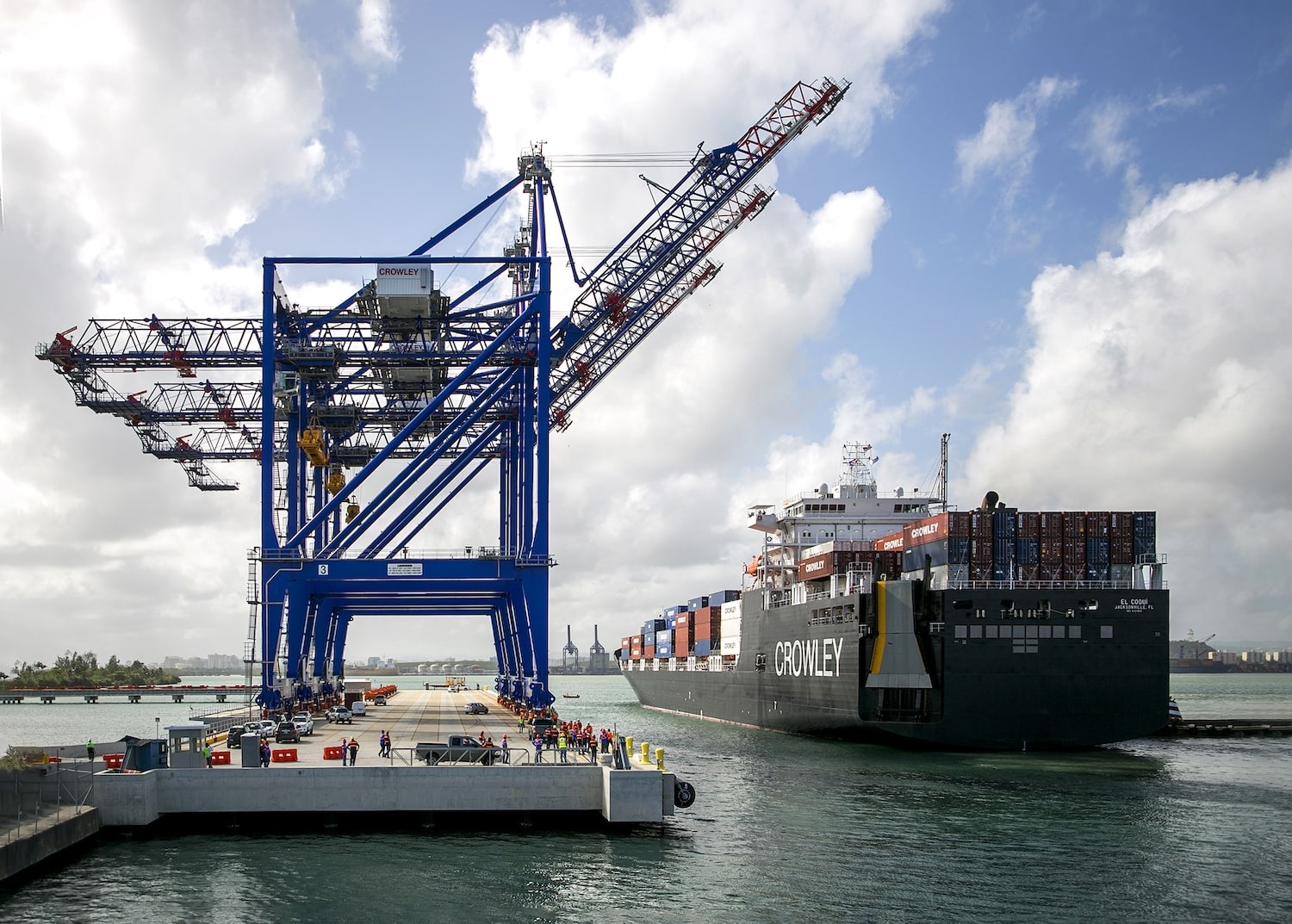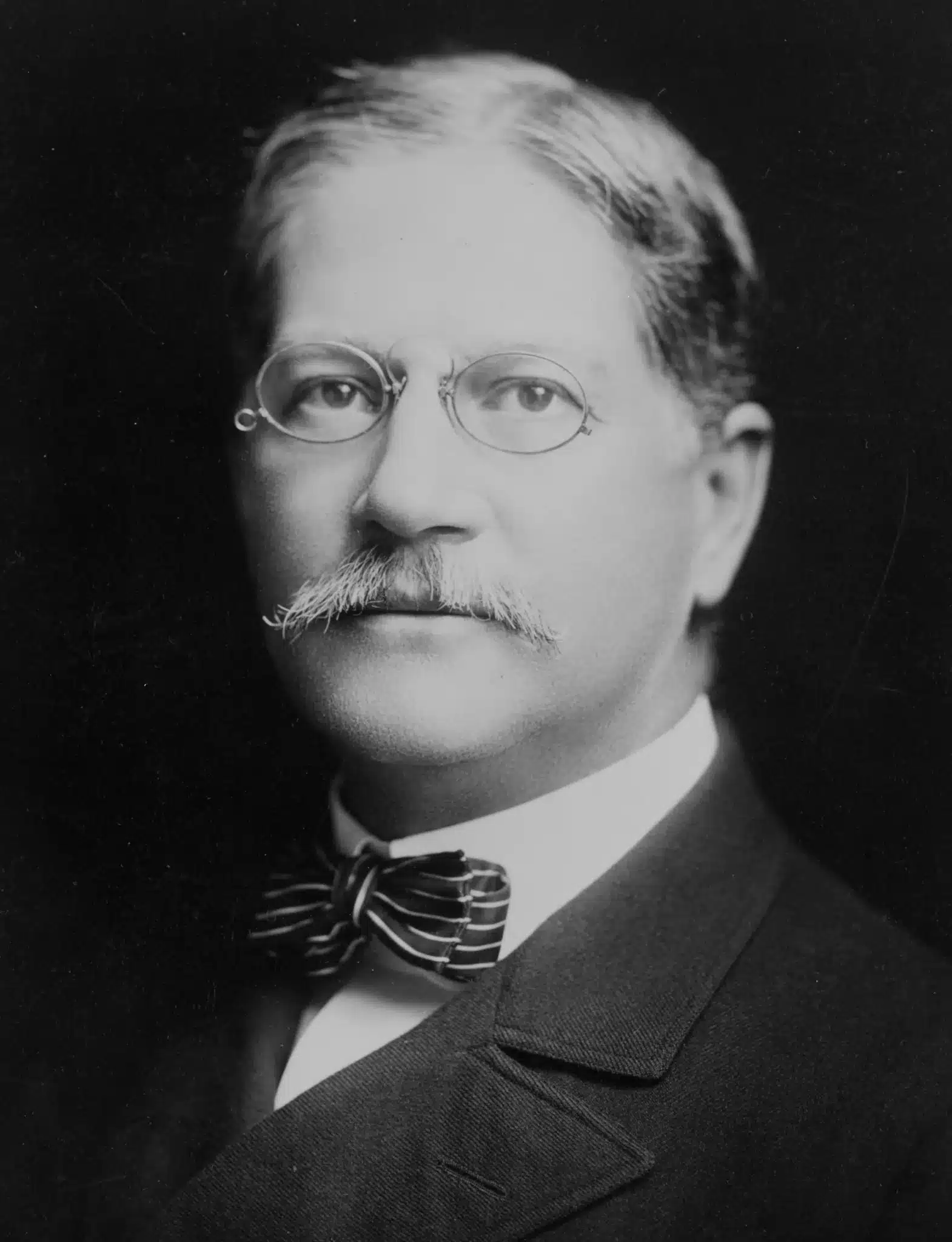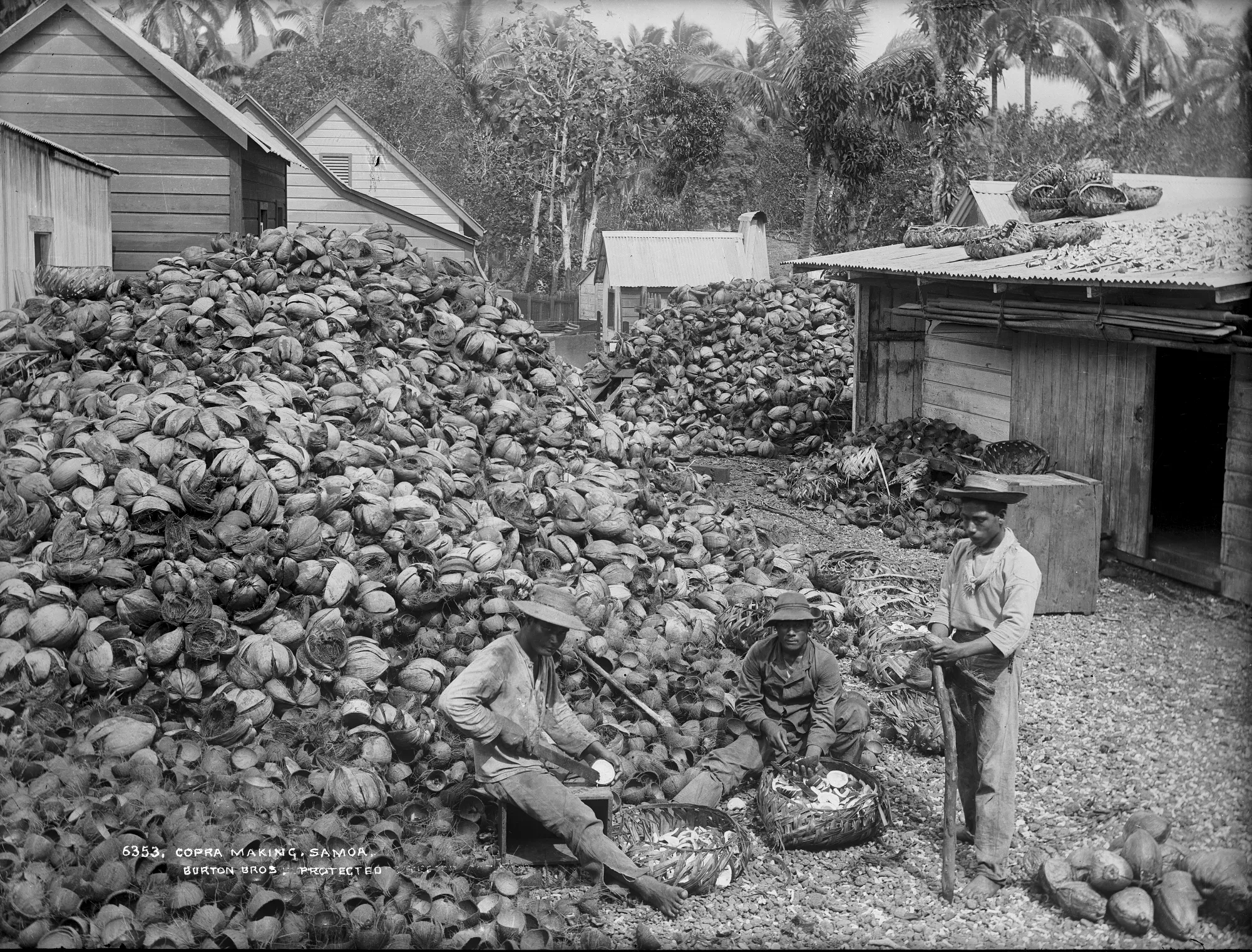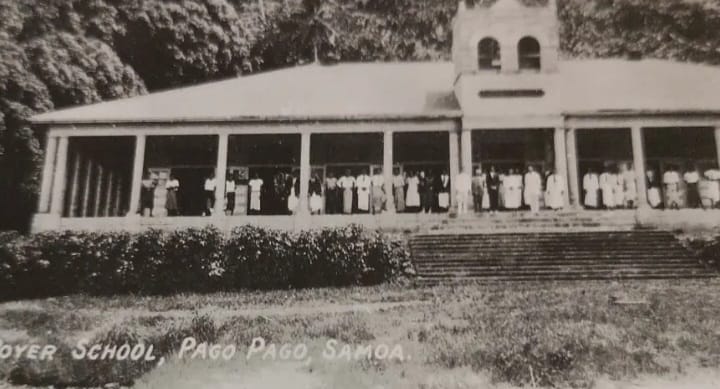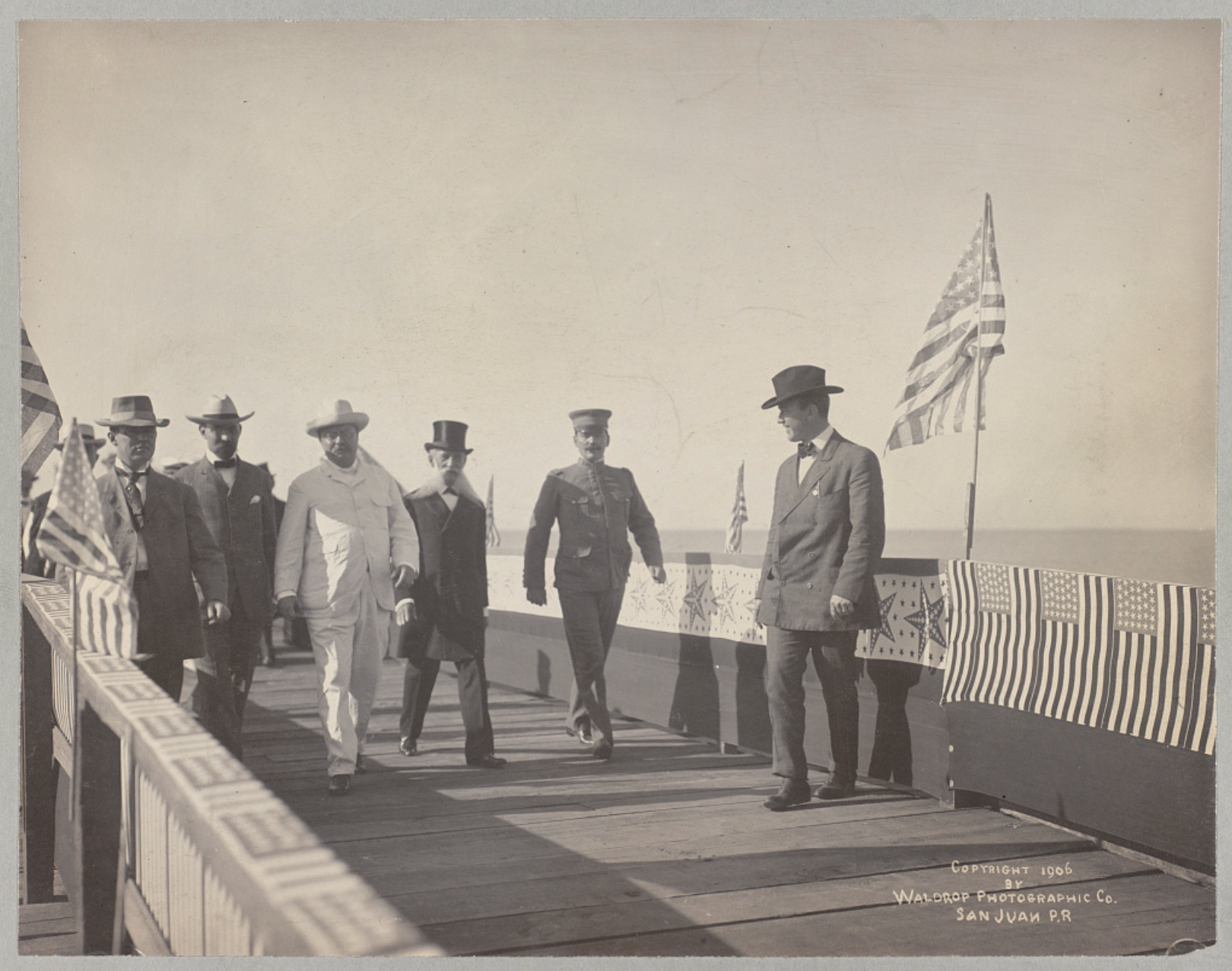The United States government declassified documents regarding the forcible testing of mustard gas, and other chemical agents, on over 60,000 enlisted men during World War II in the early 1990s. As a result, the VA promised to find and assist all permanently disabled or injured veterans. The information about the mustard gas experiments was available publically, but it was not public knowledge. The documents were launched into the forefront of American society when NPR released two related stories one on how NPR (mostly Barbara Van Woerkom) tracked down more of these veterans than the VA did in twenty-five years, in a fraction of the time. The other story was a previously unknown story about a fraction of those 60,000 who were singled out for testing because of their race.
In 2008, Susan Smith, medical historian at the University of Alberta published an article about these very tests, which said “[s]cientists carried out mustard gas experiments on African Americans, Japanese Americans, and Puerto Ricans for the same reasons that they did on whites: to save white American lives.” Even with damning evidence, Smith’s article received little attention and the tests remained unknown until June 2015.
The various documents illustrate a horrific chapter in U.S. history. Volunteers were recruited to “test summer uniforms” with promises of extra leave and “a change of scenery.” These volunteers, all male, were continually told this lie, up until after their first exposure to chemical agents, after which they were forced to continue with the program. If any of the men tried to leave, the test conductors threatened them, and before the testing was over all the human subjects were sworn to secrecy. This particular set of tests were done before the Nuremberg Code of 1947, but as Dr. Pechura (and others) detail in their report that the examination of all testing done on human subjects from 1950-75 by the military shows “a pattern of abuse and neglect.”
There were many different types of experiments done, but all had the same intention of determining the effects chemical agents had on different races. White men were used as a control group and tested against Japanese-Americans, blacks, and Puerto Ricans. The testing of Japanese-Americans was done with an eye to using chemical agents during the current war. Testing was done on black and Puerto Rican soldiers with the hope that they might be more resilient to chemicals than white soldiers and could therefore be sent to the front lines.
The San Jose Project, named for the location—an island off the coast of Panama, was a series of tests conducted on Puerto Rican and white soldiers. The soldiers were given chemical-retardant uniforms and gas masks (which were found to be defective in 1945-46) and sent out into the jungle while low-flying U.S. fighter planes showered them with mustard gas. One of the few soldiers left alive from these tests is Juan Lopez Negron a Puerto Rican soldier who told NPR, “we had uniforms on to protect ourselves, but the animals didn’t[.] There were rabbits. They all died.” Other test locations simulated a tropical environment by creating chambers heated to 90 degrees Fahrenheit with 65% humidity and locking the soldiers inside to test how long it took them to lose consciousness.
The VA failed to live up to its promise from 1993, and many people were outraged when NPR’s report showed the extent of racially-based science conducted by the military. However, after all of the research I did, when I googled “San Jose Project,” only one link on the first page related to chemical agent testing.

